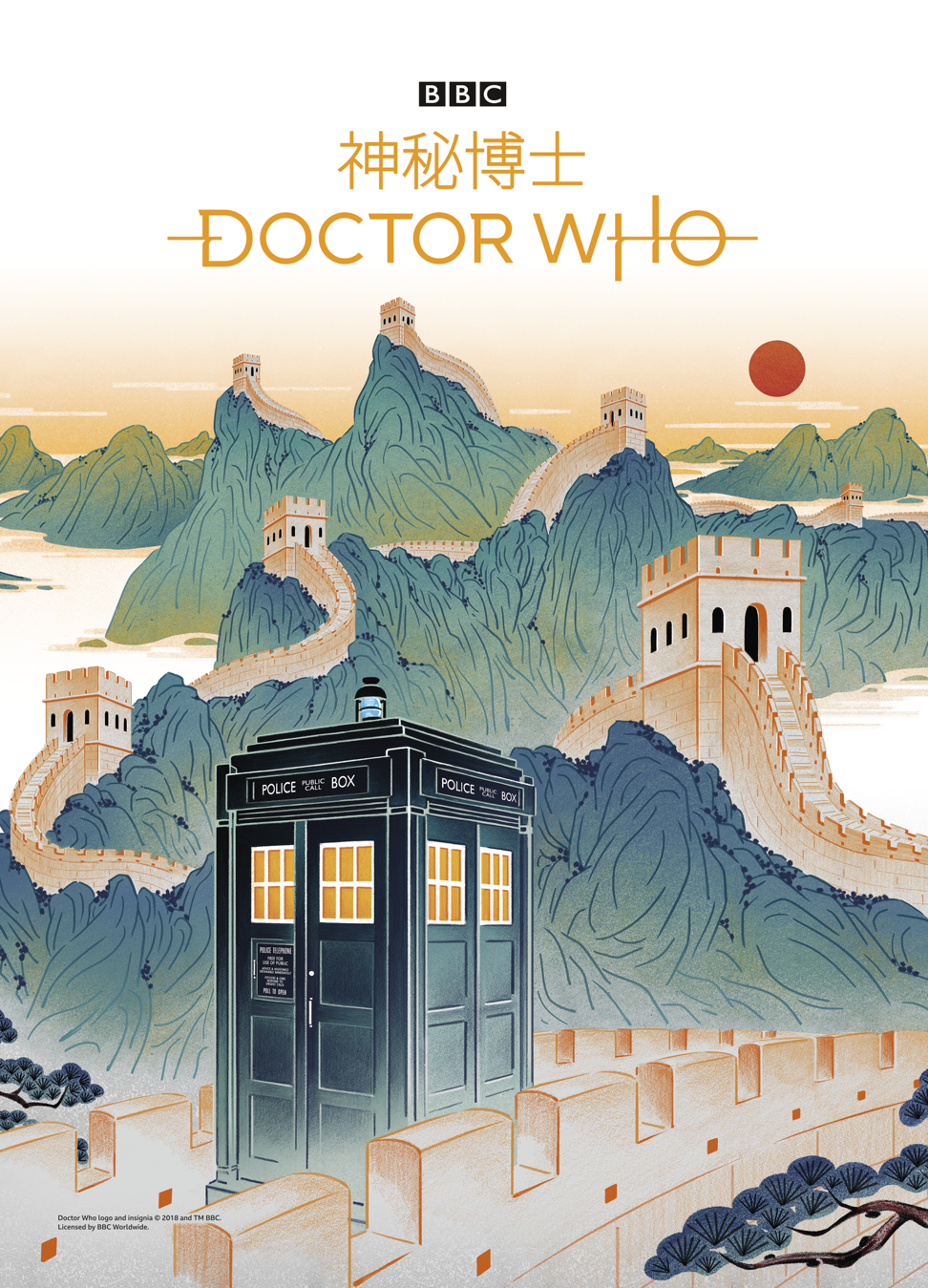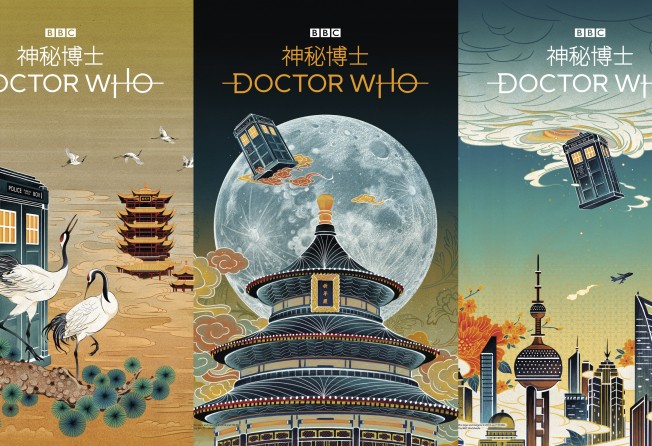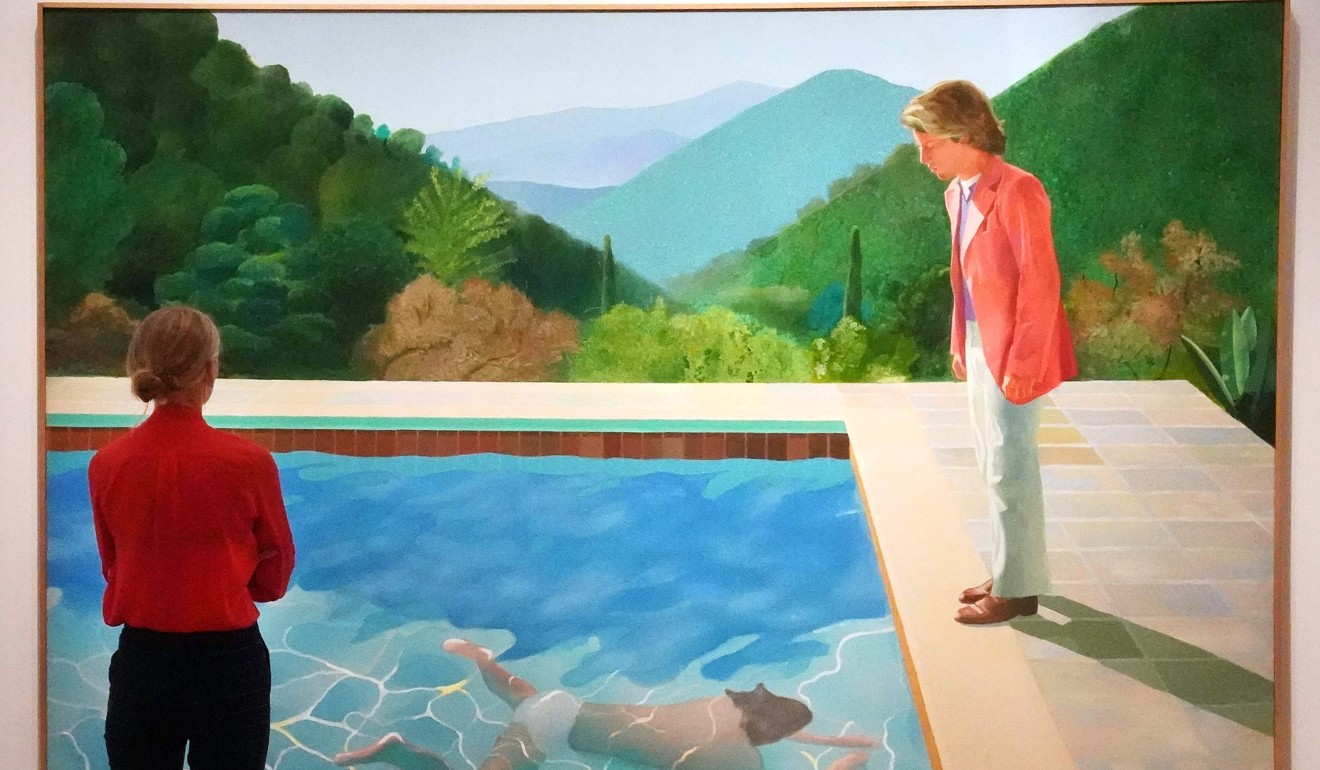
Doctor Who travels to China, an illustration of the benefits of soft power as the UK seeks to build a more creative economy
- Chris Moseley says the launch of the iconic British TV show in China shows the importance of nurturing cultural links – in this case between two cultural giants – to build trust and further cooperation in other aspects of the relationship

When I was a child of four, my family lived next door to a man by the name of Dudley Simpson. Now Dudley, for those who are fans of the long-running British TV science-fiction series Doctor Who and are of a certain age, was the creative genius behind the programme’s incidental music.
From 1963, when Doctor Who first aired, through to 1980, Dudley created those spooky electronic signature riffs and synthesiser-inspired burps, bumps and screeches that defined the series in those early years.
I’ll never forget hiding behind the sofa to watch a 1967 episode, “The Abominable Snowmen” – certainly Dudley’s daughter, Karen, and I recall being deliciously frightened by jobbing BBC actors dressed up in large woolly costumes. Abominable snowmen indeed! Well, Stars Wars and Alien were but a twinkle at the time, and special effects were in their infancy.
This memory came to mind recently when I noticed a set of posters aimed at the Chinese market and promoting the latest series of Doctor Who. Feifei Ruan, the freelance illustrator who designed the posters, said she hopes her latest artwork will be liked by Doctor Who fans in China and also inspire people who are not familiar with Doctor Who to watch the show.

The illustrations will form part of a huge new launch for the sci-fi drama in China, with each image designed to resonate with various Chinese locations and cultural elements.
I can’t help but smile at the thought of Chinese schoolchildren, from Beijing to Guangzhou, being scared witless by The Doctor’s arch-foes, the Daleks and the Cybermen!
The promotion of Britain’s venerable, longest-running science-fiction drama is a brilliant illustration of just how important building cultural links are, and the muscle that soft power can deliver.
Get the exercise of soft power right and the benefits are access to markets that might previously have been inaccessible; get it wrong, or strike an off-key note, then the penalties might be severe.
The bigger point here is that the skilful use of cultural associations underpins wider economic and diplomatic initiatives between nations. This observation makes the greatest sense within the context of the UK’s stature and importance in China, and its role-model value to China as it moves towards building a more creative, consumer-driven economy.
“Creative”, or creative industries, are tremendously important words in this context. Both countries benefit from old, distinguished cultures which have successfully seeded their influence across the world.
From Shakespeare to Hockney, and from Bai Juyi to Cao Wenxuan, there is every reason for the two nations to explore and benefit from their cultural associations and links.

And culture is a most current and business-friendly way to build bridges between the two countries. Chinese creative industries are currently growing annually at close to 20 per cent, according to estimates, and with wider growth in these industries anticipated across China, consumers are also likely to expand greatly.
These are exciting developments for both the UK and China, particularly so when one considers the fact that the number of Chinese students taking creative arts and design courses in the UK almost tripled, from around 1,500 in 2008/09 to around 4,300 in 2013/14, according to one media report.
I understand the value of the core business education our school offers, for example, but just as importantly I readily appreciate and see the benefits from the international cultural life our Chinese students experience in London.
In the final analysis, there are wider benefits to what might be glibly expressed as “cultural diplomacy”. Forging strong cultural links also produces higher levels of trust in countries and their populations. This in turn leads to greater enthusiasm to do business and to share in economic benefits.
With guardianship of the universe chiefly in mind, the good Doctor would most certainly approve of this approach.
Chris Moseley is public relations manager at the London Business School, which enjoys a long-standing relationship with Hong Kong and mainland China